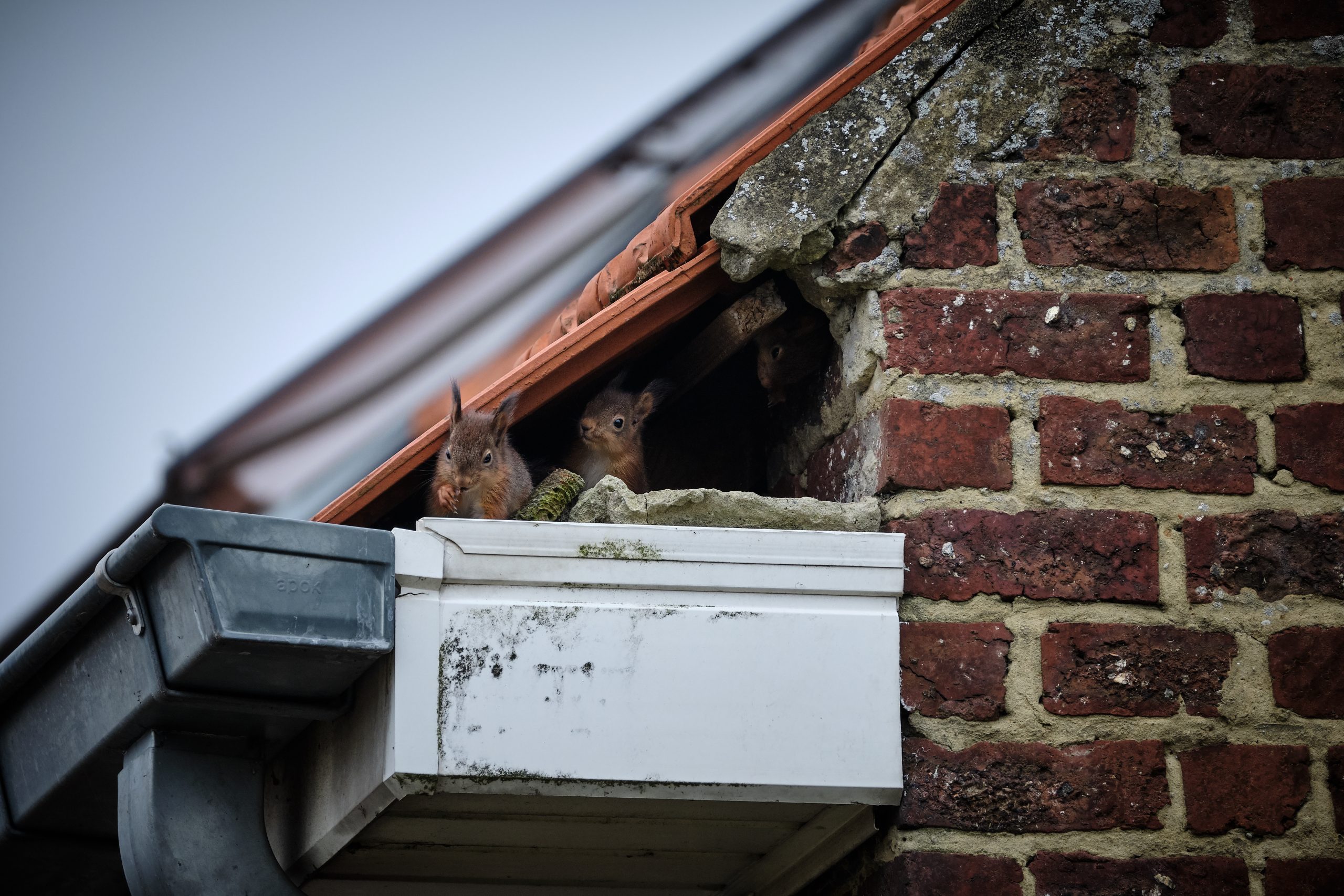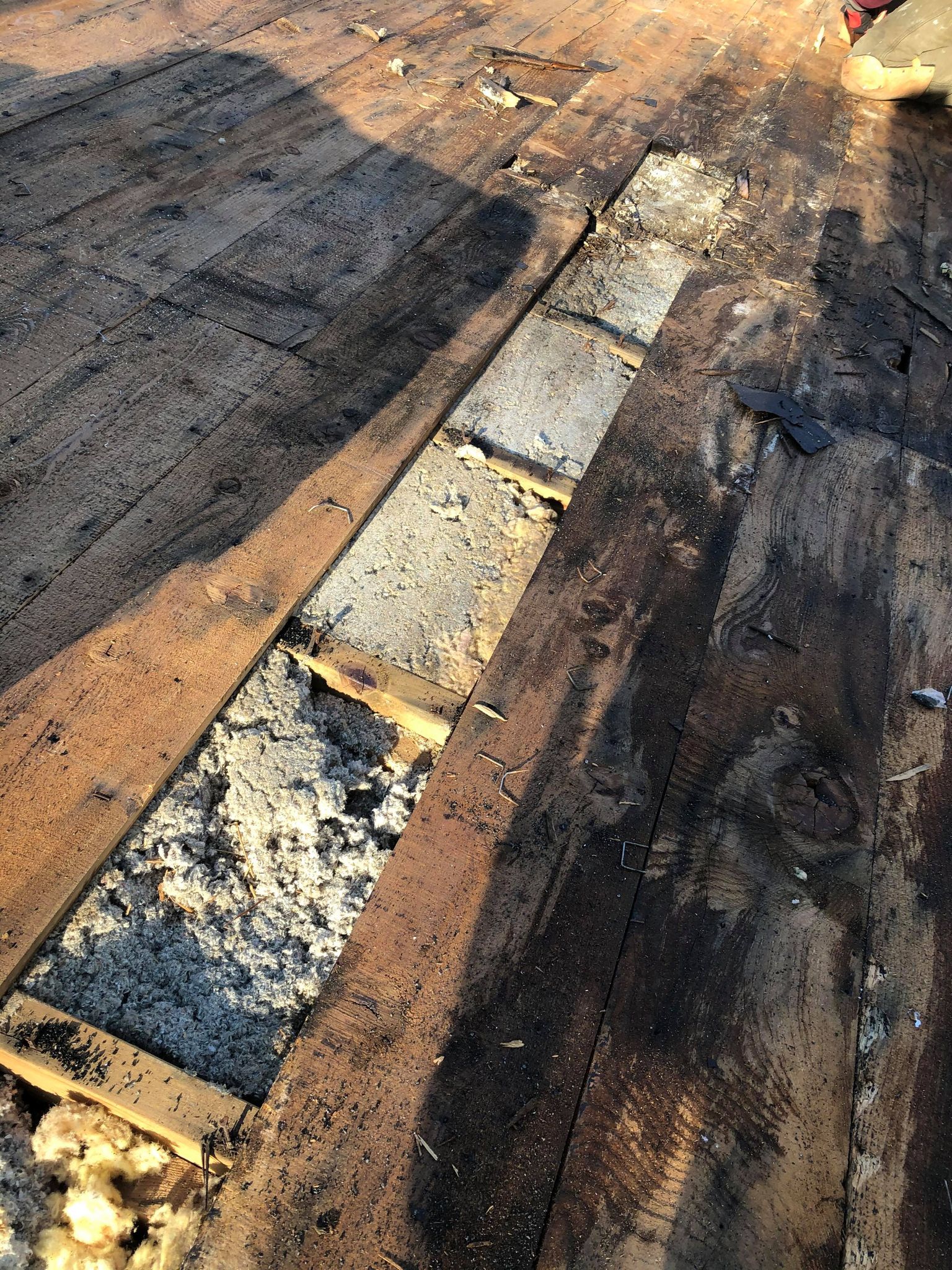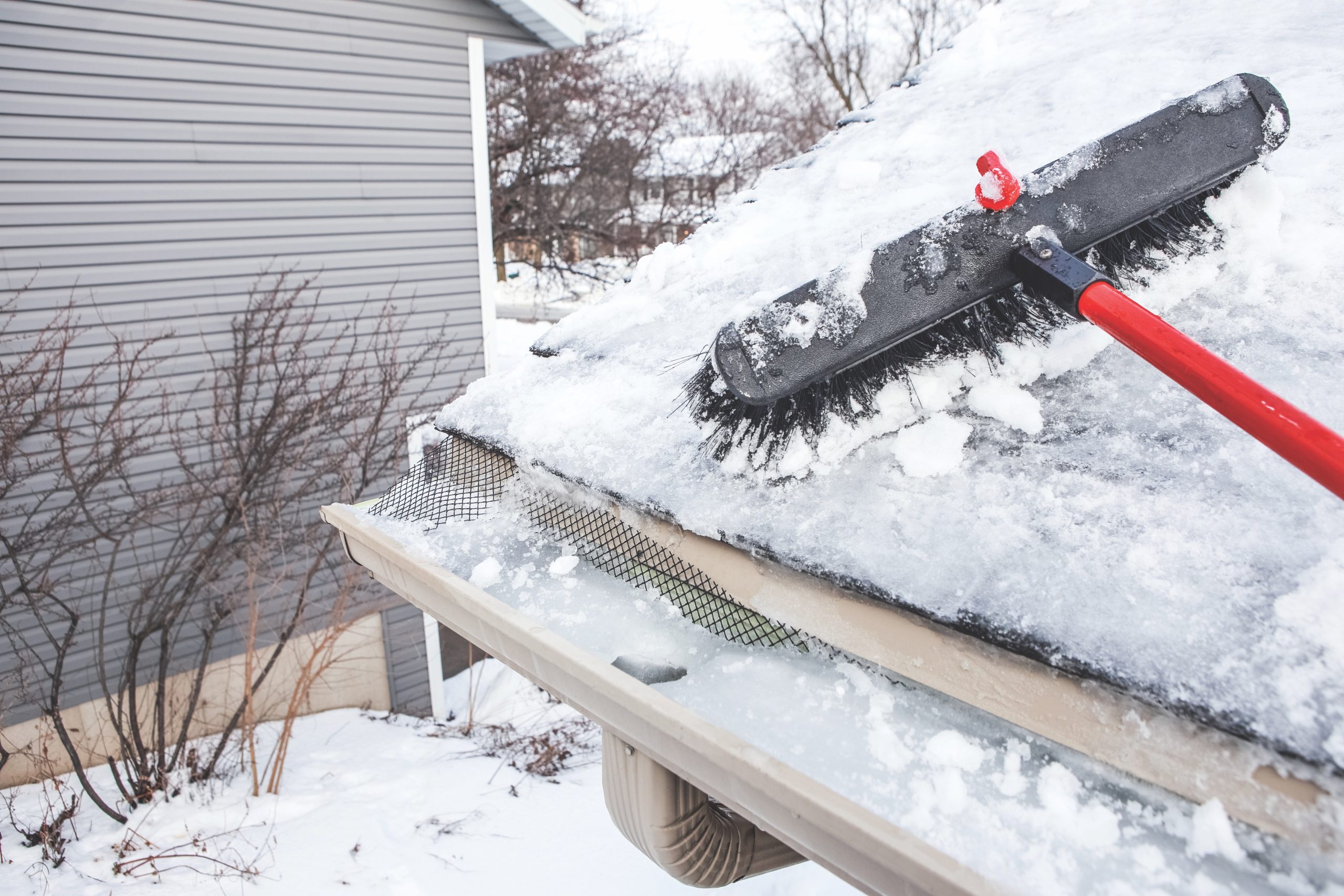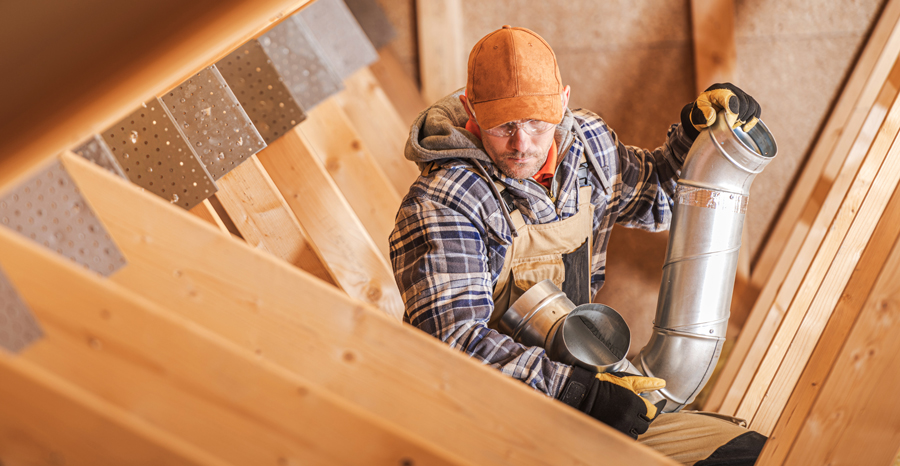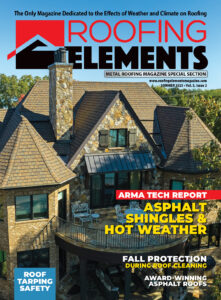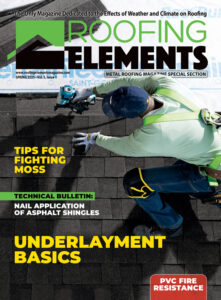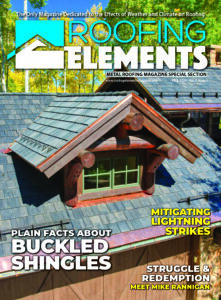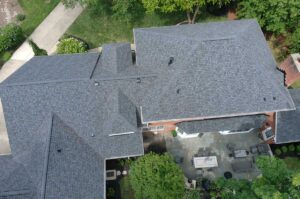BY Jeff Barnard, CSI, CDT
Architectural Sales Representative, Englert Inc.
As a roofer, it is your job to provide homeowners with roofs that work, and one of the most common problems a homeowner will experience is animals in their attic. Rodents, birds, and insects find ways to sneak in and they can cause damage leading to costly repair bills, mold, and other problems.
Roofing and gutter contractors are on the front lines to prevent these problems. Proper initial installation of roofs and thorough repairs and maintenance can help owners avoid or minimize these issues. Proper gutter installation and maintenance also contribute to preserving the integrity of the home.
Roof Installation and Maintenance
The most important thing a roofing contractor can do to help prevent animals from getting into their customers’ homes is to make sure the job is done correctly the first time around. When installing a roof, it’s important to follow the manufacturer’s standard details. Make sure you’re utilizing the appropriate sealants, caulking, underlayment, and closure pieces in any areas where even the narrowest gap is present. This will establish a protective barrier and a tight seal on the roof. Chimney caps, screens over plumbing, and gas vents are also fundamental in making sure the roof is installed correctly.
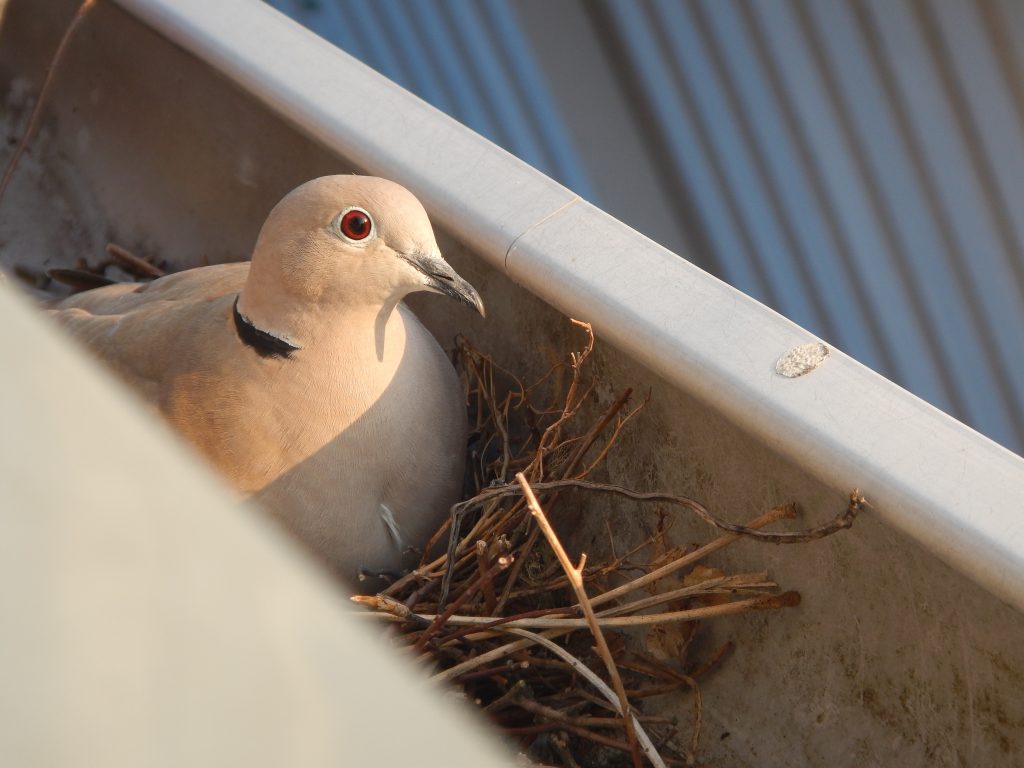
Animals, birds, and insects are very resourceful – they can very quickly turn a tiny gap into a large opening that can enable them easy access to attic spaces. Generally, vents are the easiest point of access for insects or animals. Make sure insect screens are included whenever you are installing a vent. Additionally, try to steer clear of plastic or wood components when practical. Metal is, of course, more difficult for animals and insects to chew through or penetrate and more resistant to damage and rot. However, if you are using wooden components, you should consider redwood and cedar woods. These are natural repellents to critters.
Metal flashing is also better at preventing entry of pests into the home. One common mistake roofers make is not extending a flashing all the way into a corner, leaving an access point for bugs or small rodents. For example, roofers can make this mistake under an overhang where they are primarily concerned with water penetration, not considering insects or animals.
Roofs not properly installed can lead to ponding water, especially in low-slope roofing, and will attract animals and insects. Make sure the roof is pitched correctly to avoid this and roof drains are kept clear.
Once a roof is installed, the relationship with the homeowner doesn’t end there. It’s important for roofers to help their customers understand that a little preventative maintenance can go a long way. According to Zillow, roofs should be inspected by a professional once a year. They should also be inspected if there is an extreme weather event, such as a tornado, hurricane, or hailstorm. While homeowners might think they should take on this job themselves, it’s best for them to leave these jobs to roofing professionals. Roofers have the experience and expertise to spot small problems before they become bigger ones — not to mention the experience and equipment to keep them safe on roofs.
Gutter Installation and Maintenance
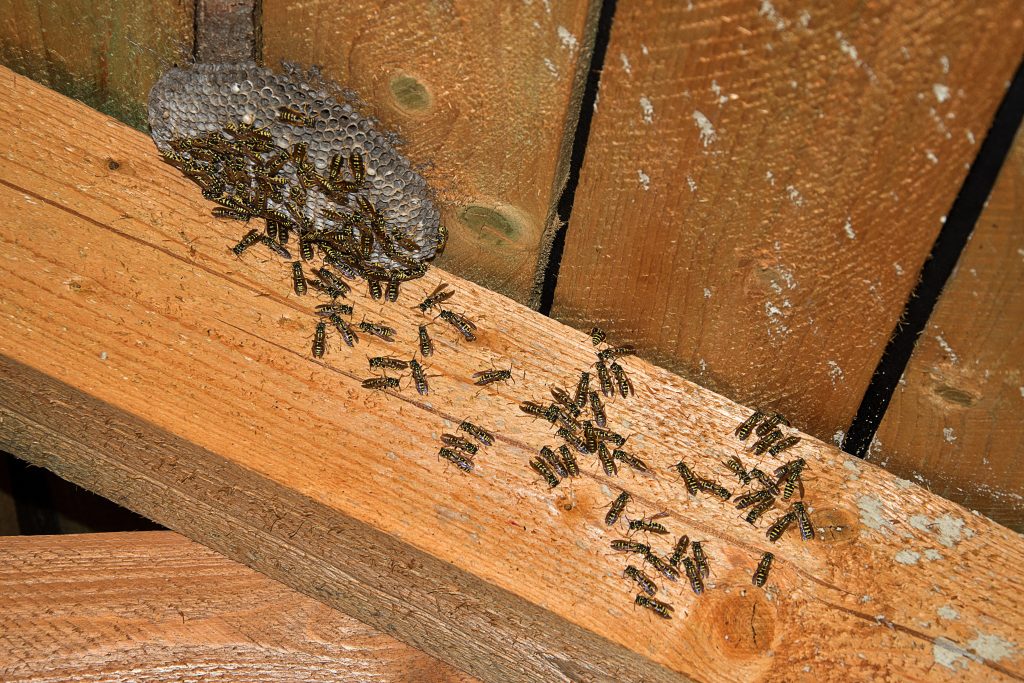
When installing new gutters on a customer’s home, it’s important to not only replace the gutters but to make sure the fascia board and shingles near the edge of the roof are in good shape. Otherwise, these should be replaced as well. One of the most common homeowner problems is clogged gutters due to leaves, debris, or animals and birds building nests in them. When gutters are clogged or not pitched properly during installation, the water can overflow the back of the gutter or under the roofing shingles causing damage and rot to fascia board and soffits. Moist, damp wood is the perfect breeding ground for damaging insects such as hornets, wasps, mosquitoes, termites, and other pests.
Contractors can also offer gutter guards as added protection to their customers. Various options exist, such as screens and hoods, and can prevent or minimize animals and debris from getting into gutters in the first place. For customers who opt not to use a gutter guard, contractors can establish a regular maintenance plan to clean their gutters as often as needed.

